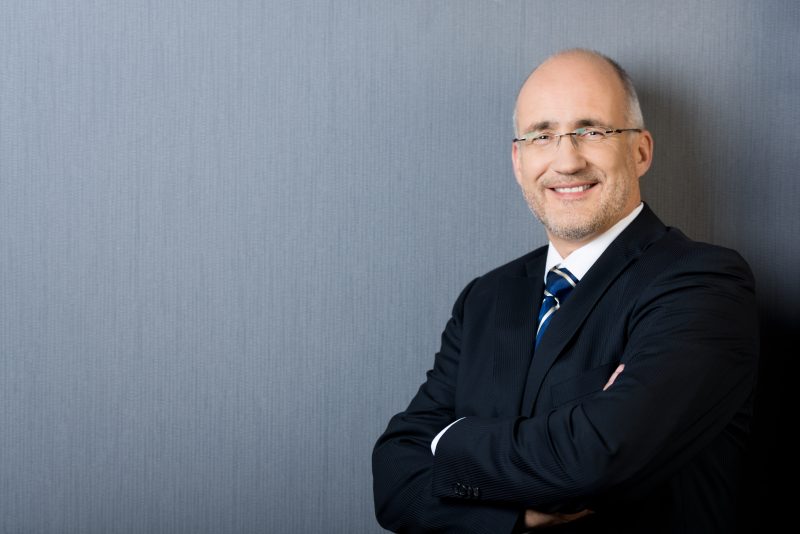For the art world, the internet is similar to the American frontier: full of opportunity and promise, but also a place to be cautious. You can now share your art with a global audience, meet and acquire new collectors and fans, raise funds for your art projects, and make life-long friends with just a few clicks. However, with this convenience comes a slew of new risks and drawbacks, leaving artists exposed and vulnerable at times.
The biggest looming nightmare for many artists is copyright infringement. Art is your craft and your livelihood; it requires a personal investment of time, money, effort, and soul. It is also your intellectual property. Protecting your art should be a top priority. There are a few options to help you with this, and we’ve laid them out for you in a quick and easy guide.
HOW TO PROTECT YOUR ART FROM COPYRIGHT INFRINGEMENT
“Intellectual property is a property right that can be protected under federal and state law, including copyrightable works, ideas, discoveries, and inventions. The term intellectual property relates to intangible property such as patents, trademarks, copyrights, and trade secrets.” – US Legal,
“Copyright protection subsists, in accordance with this title, in original works of authorship fixed in any tangible medium of expression, now known or later developed, from which they can be perceived, reproduced, or otherwise communicated, either directly or with the aid of a machine or device.” – United States Copyright Office.
In layman’s terms, intellectual property is your right to protect your original work, whereas copyright is established when an original work is physically created (not just conceptually). Unregistered work, on the other hand, can be difficult to prove as your own, which is why it is critical to keep digital or physical records. Consider how well you can demonstrate that you are the creator of the artwork in question if you ever need to take a case to court.
So, how can you legally protect your art from copyright infringement?
- Always sign your work with your name.
This is the first step in safeguarding your artwork against copyright infringement. Make it a habit to sign all your work, preferably with the year it was completed.
- Register Your Work
If you are a U.S. artist, it is strongly advised that you register your work with the Copyright Office of the United States Library of Congress. Even though copyright is automatically granted at the time of creation, registering the work ensures that you have adequate proof that the work is yours. In the event of a copyright infringement suit, it also allows you to demand more money. In the United States, the registration procedure is as follows:
- Navigate to the Library of Congress website and select the electronic Copyright Office (eCO). Completing the registration form and paying the required fee.
- After the registrar’s office has reviewed your application, you will be mailed an official certificate of registration. This serves as documented proof of your copyright, which will also be filed online as a public record.
After reading this article, we recommend that you check your country’s copyright laws. Although intellectual property laws are similar across the board, there maybe some nuances and differences to be aware of.
- Maintain Digital Records of Your Work
A picture is worth a thousand words, especially if someone claims to be the author of your work. Having a digital library of your artwork will save you a lot of time and trouble if you are sued for copyright infringement, as you will be able to present this record in court. The great thing about photographs is that their metadata frequently includes the date they were taken. A professional photographer can be used to ensure that two people have evidence to support any copyright infringement cases.
- Recognize the possible risks
Because you make a lot of art, it’s critical to concentrate your copyright protection efforts where they’ll be most effective. For example, if you create more abstract or conceptual art (which is more difficult to reproduce), your risk of copyright infringement will be significantly lower. However, if your pieces contain creatures or characters that could be borrowed or replicated, or if you create images that are very iconic or have high mass-market appeal, you should always protect them using the steps outlined above.
KEEPING YOUR ART SAFE ON YOUR WEBSITE
There’s no denying that posting your work online can be dangerous. Simultaneously, in today’s increasingly digital art world, online exposure is frequently critical to an artist’s success. While nothing is perfect, there are some precautions you can take to help protect your art on the internet.
- Convert Your Photographs to Flash
You may want to convert your images into a flash slideshow before posting them online. This prevents web users from simply copying and pasting the image. You can accomplish this by downloading special slideshow converters or consulting a web design expert.
- Only use small, low-resolution images for publication.
For most people, stealing a small, low-resolution image is simply not worth it. However, before you go resizing all your images to thumbnails, make sure you don’t save them over your high-resolution images. Once you save an image as small and low-resolution, you will never be able to convert it back to high resolution. Save the web-ready version as a separate file for everything you value.
To resize images, you can use almost any image-editing software on either Windows or Mac. The process is pretty much the same whether you’re using Photoshop or Paint. The “Resize” toolbar option is usually found under the “Edit” toolbar. Converting to a lower resolution can be more difficult.
- Consider Including Watermarks on Your Images
A watermark is a logo or name that is superimposed over an image. Watermarks identify you as the artist of your image and are extremely difficult to remove or change.
The copyright notice, best known as the C symbol (©), plus the year the work was published, or the abbreviation ‘Copr’, is the most used. This watermark should also include the year of completion as well as your name. It should look something like this:
PROTECTING YOUR ART ON SOCIAL MEDIA.
While you can keep track of the number of people visiting and viewing your works on your site (and there are some good measures to protect them from being copied), once you add your images to social media there is no knowing where they will end up. However, avoiding social media altogether can be a serious disadvantage too. So, how do you protect your image? Here are some tips!
- Read the Terms and Conditions.
Do you use Instagram to promote your artwork? What about other social media platforms? Recently, artist Richard Prince made $100,000 by selling a series of other people’s Instagram photos. Though this appears to be a blatant copyright infringement, the situation is in legal limbo. One thing is certain: if these images had been registered federally with copyright, they would have been protected. When you post your artwork to other platforms, make sure to read the terms and conditions to see what copyright protection your artwork has.
- Always include a watermark in your image.
A watermark, like a website, is one of the best tools for protecting your art on social media. Not only does a watermark make it clear to the viewer that your work is protected by copyright, but it will also help you in court because the other artist will be unable to claim “innocent infringement” if he or she uses your work (meaning it was copied unknowingly).
Put your watermark in a prominent place on the image. Don’t just slap it on the edge; you don’t want anyone cropping it out.
It is becoming increasingly important to protect your artwork from copyright infringement, especially in our digital age. These safeguards and practices, hopefully, will ensure that your intellectual property remains your own.




